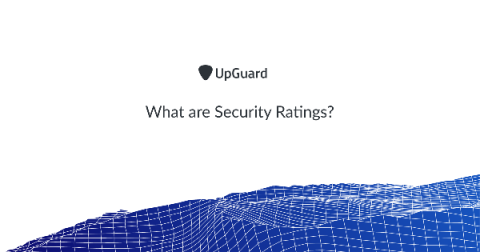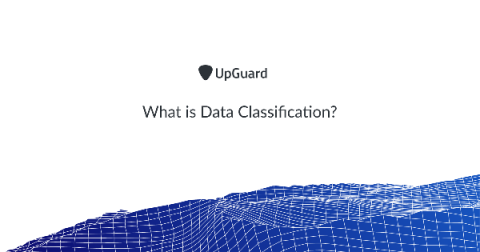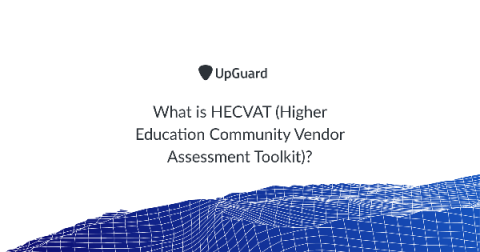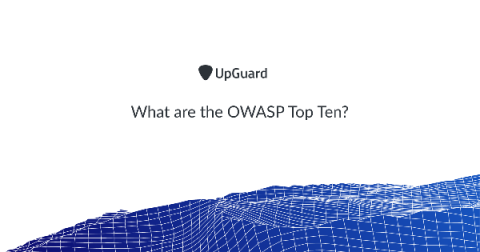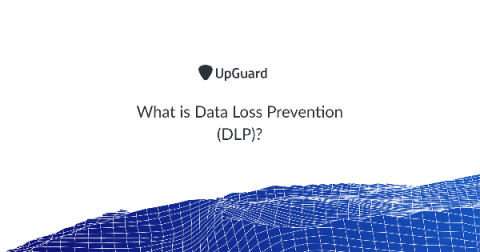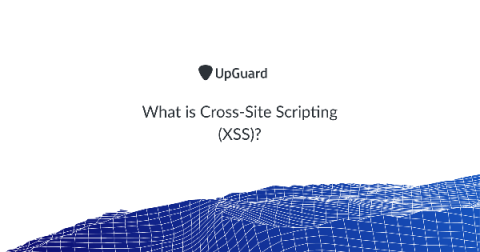What are Security Ratings?
Security ratings or cybersecurity ratings are a data-driven, objective, and dynamic measurement of an organization's security posture. They are created by a trusted, independent security rating platform making them valuable as an objective indicator of an organization's cybersecurity performance. Just as credit ratings and FICO scores aim to provide a quantitative measure of credit risk, security ratings aim to provide a quantitative measure of cyber risk.


